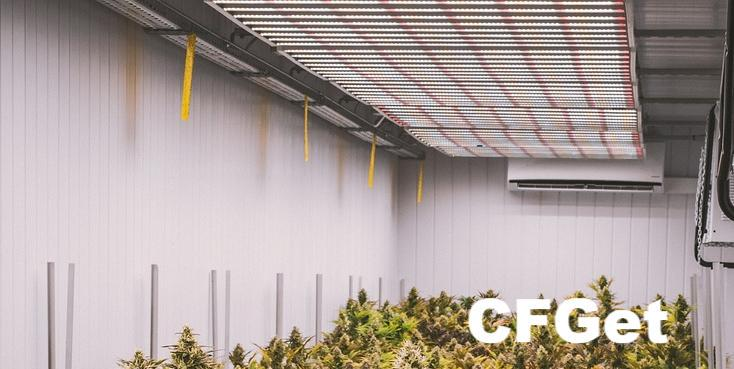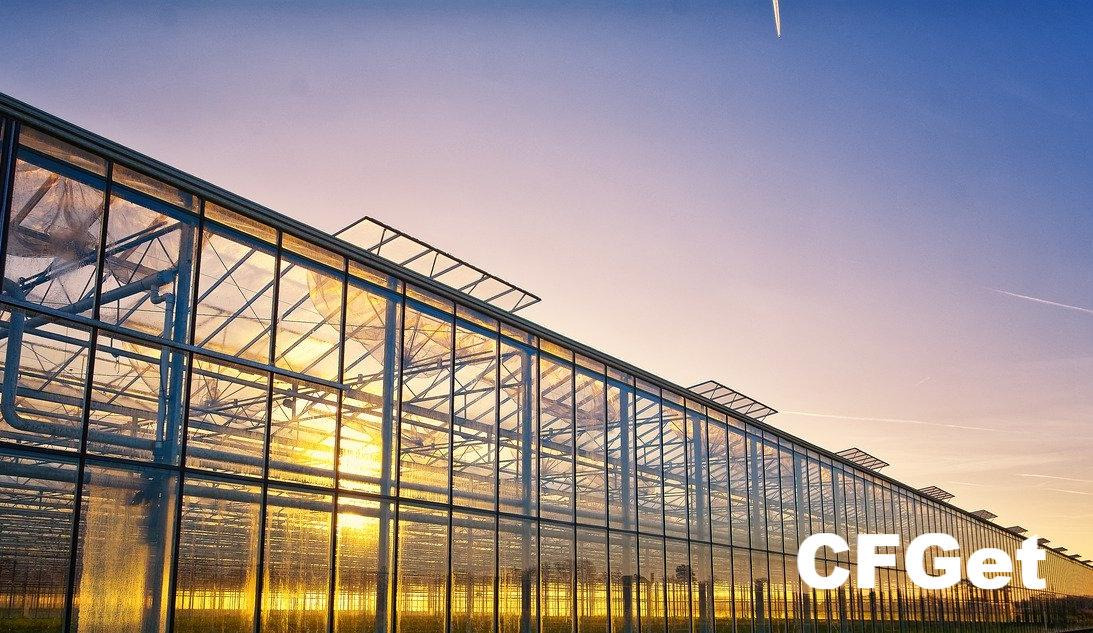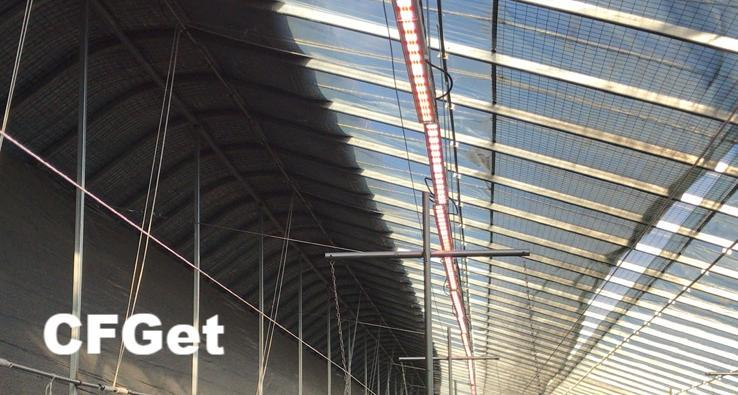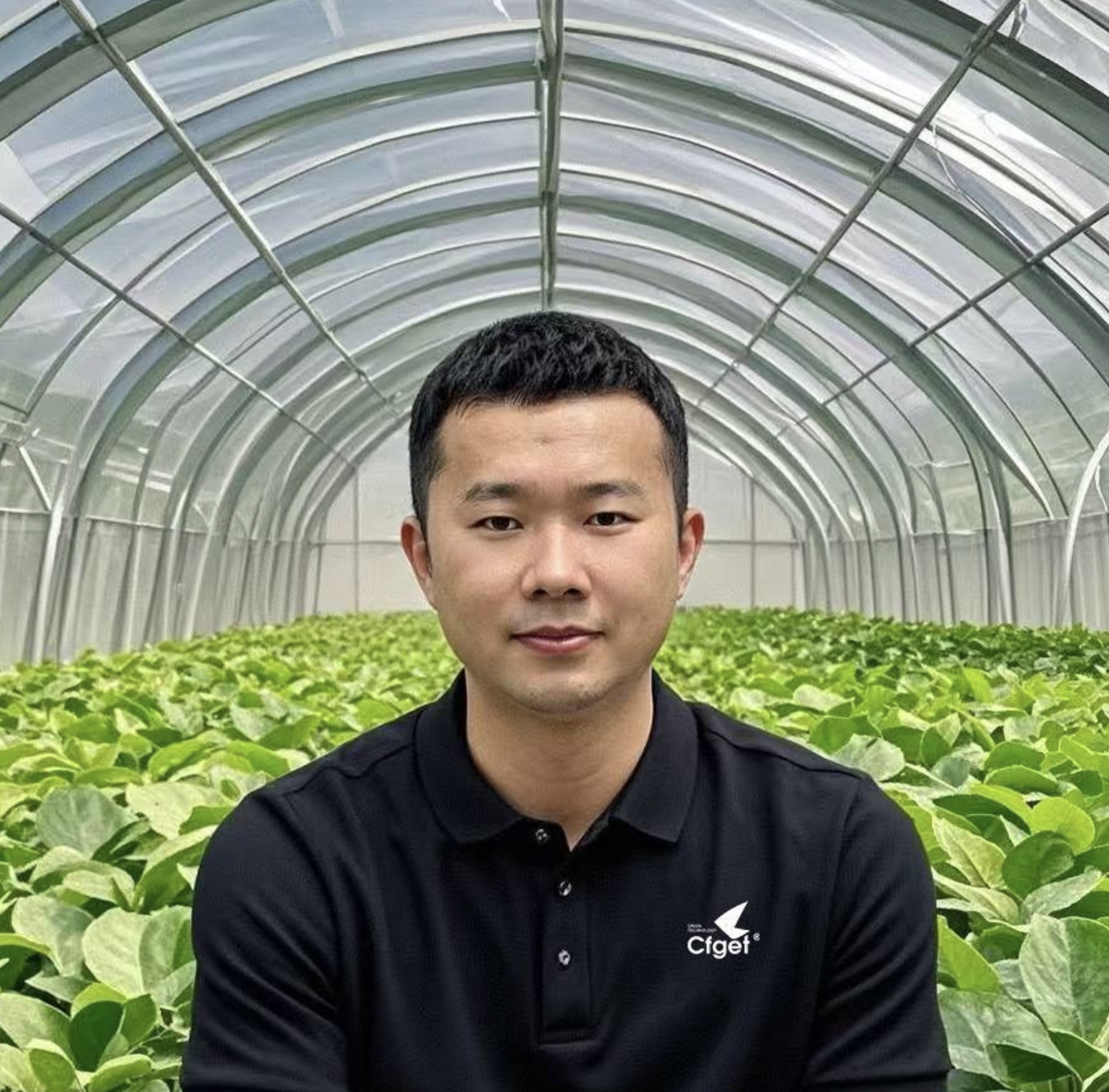Greenhouse farming has gained significant popularity due to its ability to provide a controlled environment for plants. It allows farmers to manage temperature, humidity, and other climate factors, promoting optimal crop growth. However, one challenge that greenhouse growers face, especially during winter or cloudy months, is insufficient natural light. Plants need ample light to perform photosynthesis, and without it, their growth and productivity can suffer. This is where artificial lighting, particularly LED grow lights, comes into play. This article explores how LED lights can improve light conditions in greenhouses and ensure healthy plant growth even during low-light seasons.

1. Why is Light Crucial for Plant Growth?
Light is essential for photosynthesis, the process by which plants produce food for growth. Without adequate light, plants cannot synthesize enough nutrients, leading to stunted growth and poor yields. In a greenhouse, natural light can be insufficient, especially during the winter months or on cloudy days. When the intensity or duration of natural light is low, plants can become stressed, affecting their health and productivity. Therefore, supplementing natural light with artificial lighting is critical to maintain healthy crops.
2. LED Grow Lights: The Ideal Solution for Greenhouse Lighting
To address the challenge of low light, many greenhouse growers are turning to artificial lighting, with LED grow lights becoming the go-to solution. Unlike traditional fluorescent or sodium lamps, LED lights offer several advantages.
Efficiency: LED grow lights consume less energy while providing the same or even more light intensity compared to other types of lighting. This makes them an energy-efficient option for greenhouse growers looking to reduce electricity costs.
Specific Light Spectrum: LED lights can be customized to emit specific wavelengths of light that plants need for different stages of growth. For instance, blue light promotes vegetative growth, while red light encourages flowering and fruiting. This tailored light spectrum helps optimize photosynthesis and overall plant health.
Long Lifespan: LEDs are more durable than other lighting options, lasting longer and requiring less frequent replacement. This reduces maintenance costs and ensures that growers can rely on their lighting system for longer periods.
Low Heat Emission: Unlike traditional lights, which release a significant amount of heat, LEDs generate very little heat. This is crucial in greenhouses, where temperature control is already a priority. Excessive heat can stress plants and disturb the carefully balanced growing environment.
Chengfei Greenhouses is committed to providing cutting-edge greenhouse solutions, including advanced LED lighting systems, to help farmers optimize growing conditions year-round.

3. Benefits of LED Grow Lights for Greenhouse Plants
Using LED grow lights in greenhouses offers several advantages:
Year-Round Growth: By supplementing natural light with artificial lighting, growers can ensure that plants receive the light they need to grow, even during the shorter days of winter. This can lead to higher yields and healthier plants year-round.
Faster Plant Growth: With optimal light conditions, plants can undergo photosynthesis more efficiently, resulting in faster growth and development.
Increased Crop Yield: Proper lighting can increase crop yields by providing the right amount of light during crucial growth periods. This is especially important for high-value crops that need consistent growth rates to meet market demand.
Energy Savings: Although initial costs may be higher, the energy efficiency and long lifespan of LED lights make them a cost-effective solution in the long run.

LED grow lights are an effective and efficient way to supplement natural light in greenhouses, particularly during seasons with insufficient sunlight. By providing a customized light spectrum, reducing energy consumption, and ensuring the health of plants, LEDs can significantly improve plant growth and productivity. As more growers adopt this technology, the benefits of artificial lighting in greenhouses will continue to play a key role in sustainable farming practices.
With the increasing demand for fresh produce year-round, technologies like LED grow lights are crucial in meeting the needs of both farmers and consumers.
Welcome to have a further discussion with us.
Email: info@cfgreenhouse.com
#LEDGrowLights #GreenhouseFarming #SustainableAgriculture #IndoorFarming #PlantGrowth #AgriculturalInnovation #ClimateControl #EnergyEfficiency #GreenhouseTechnology
Post time: Dec-21-2024






 Click to Chat
Click to Chat